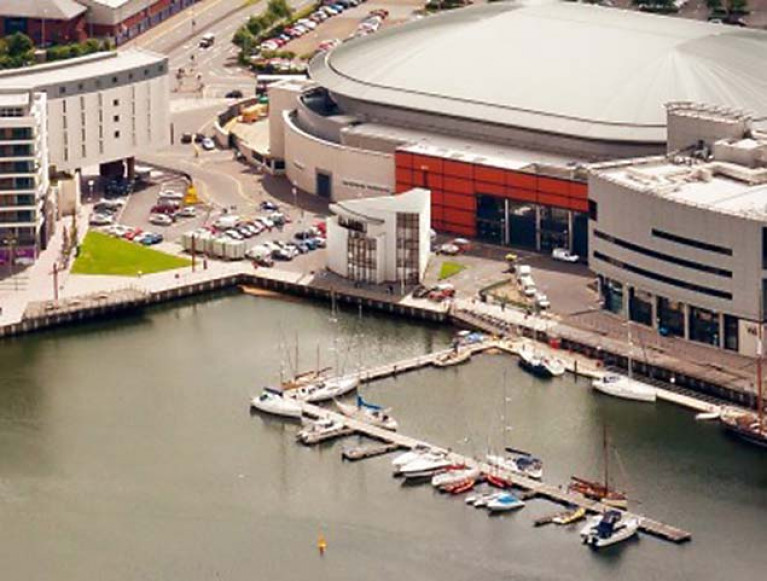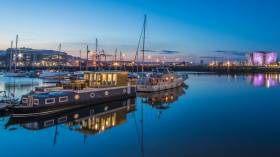Displaying items by tag: Belfast Harbour Marina
Belfast Harbour Marina Closes to Visitors Until Further Notice
In a rapid spread of harbour and marina closures in Northern Irish waters, the next to suffer is Belfast Harbour Marina which is closed to visitors until further notice.
The action has been taken in the light of current UK Government and Royal Yachting Association advice.
The 85-berth marina is in the heart of Belfast's Titanic Quarter and was installed to host the Belfast Tall Ships Festival in August 2009. Approximately 17 berths are dedicated to long term berthing and a further 17 are available for winter berthing from October until the end of March.
The marina is popular for overnighting while visiting in the City which is permissible only with Harbour Master or Marina Supervisor approval and generally not for more than five nights.
Two chic barge berths at Belfast Harbour Marina are available for bookings for those looking for a different base to explore Northern Ireland.
The berths — named ‘Harland’ and ‘Wolff’ after the city’s iconic shipyard — comprise the renovated barge Nolly, which in a previous life had once cruised the canals of Lanarkshire in Scotland.
When it came into the hands of Gillian Campbell and Aidan Metcalfe, they assembled a dedicated team to transform a vessel that had been set for scrap into a luxury holiday letting.
That involved painstaking work of stripping back the barge all the way to its steel frame and essentially rebuilding it as an entirely new boat, designed along the lines of houseboats common on the continent.
Today, Nolly’s two self-contained apartments are available to book on AirBnB for short stays right in the heart of Belfast.
And now, the team behind Nolly want to put their hard-earned knowledge to work with commissions for new luxury barges build to a similar spec.
























